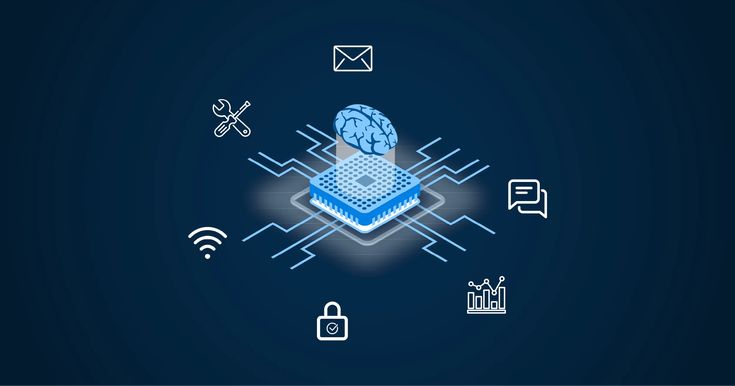The world of embedded systems is rapidly evolving, driving innovation across industries like healthcare, automotive, robotics, and consumer electronics. From smart home devices to autonomous vehicles, embedded systems are the unseen force behind modern technology. As we move into 2025 and beyond, several new technologies are transforming how embedded systems are designed, developed, and deployed. Let’s explore the latest trends and technologies shaping this exciting field.
1. Artificial Intelligence and Machine Learning Integration
One of the most impactful trends in embedded systems today is the integration of AI and machine learning directly into devices. Known as Edge AI, this allows devices to process data locally rather than relying on cloud computing.
-
Example: Smart cameras using AI for real-time object detection.
-
Benefits: Faster processing, lower latency, and enhanced privacy.
-
Key Tools: TensorFlow Lite, NVIDIA Jetson, and Edge Impulse.
2. Internet of Things (IoT) and Connectivity
The rise of IoT has made connectivity a core focus in embedded system design. Embedded devices are now more connected than ever, enabling seamless communication between machines, sensors, and networks.
-
Technologies involved: Wi-Fi 6, Bluetooth 5.3, LoRaWAN, and 5G.
-
Applications: Smart homes, industrial automation, and remote monitoring systems.
This shift toward hyper-connectivity is laying the groundwork for smart cities and autonomous systems.
3. RISC-V Architecture
The RISC-V (Reduced Instruction Set Computing – Five) open-source architecture is revolutionizing the embedded system industry. Unlike traditional processors, RISC-V offers flexibility, scalability, and cost-effectiveness for developers.
-
Advantages: Customization, open-source ecosystem, and energy efficiency.
-
Use Cases: Automotive controllers, IoT devices, and low-power wearables.
This architecture is quickly becoming the foundation for next-generation embedded processors.
4. Real-Time Operating Systems (RTOS) Advancements
Modern embedded systems often require real-time processing to perform critical tasks with precision.
-
Latest RTOS frameworks: FreeRTOS, Zephyr, and VxWorks.
-
Key Features: Multitasking, security updates, and cloud integration.
These operating systems ensure that embedded applications meet stringent performance and safety requirements.
5. Low-Power and Energy-Efficient Design
With sustainability becoming a global priority, low-power embedded systems are gaining importance. Designers are focusing on energy-efficient chips, power optimization algorithms, and advanced sleep modes to reduce energy consumption.
-
Applications: Battery-operated IoT devices and wearables.
-
Emerging trend: Energy harvesting systems that convert solar, thermal, or vibration energy into power for devices.
6. Embedded Cybersecurity
As devices become more connected, the need for built-in security in embedded systems is stronger than ever.
-
Technologies: Hardware-based encryption, secure boot, and trusted execution environments (TEE).
-
Purpose: Protect against hacking, data theft, and firmware manipulation.
Embedded cybersecurity ensures that IoT and industrial systems remain resilient against cyber threats.
7. FPGA and SoC Integration
Field-Programmable Gate Arrays (FPGAs) and System-on-Chip (SoC) technologies are enabling high-performance, customizable embedded systems.
-
Use Cases: Automotive electronics, AI acceleration, and industrial automation.
-
Benefits: Faster data processing, flexibility, and reduced time to market.
The combination of FPGA and SoC technology provides both versatility and computational power.
8. Quantum Computing Influence
Although still in early stages, quantum computing is beginning to influence embedded systems. Researchers are exploring quantum-safe cryptography and miniaturized processors that can integrate quantum concepts for faster data handling. This could redefine how future embedded systems process and secure information.
9. Advanced Sensor and Edge Computing Technologies
Modern embedded systems use smart sensors that combine computing power and AI capabilities at the edge.
-
Examples: LiDAR sensors in autonomous vehicles and biometric sensors in wearables.
-
Advantage: Real-time decision-making without cloud dependence.
Conclusion
The embedded system field is entering an era of intelligence, connectivity, and efficiency. From Edge AI and IoT to RISC-V and advanced cybersecurity, these innovations are setting the stage for smarter, safer, and more responsive technologies. As embedded systems continue to blend with AI, cloud, and quantum computing, the future promises endless possibilities for developers and industries alike.

